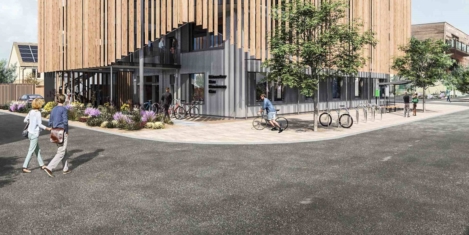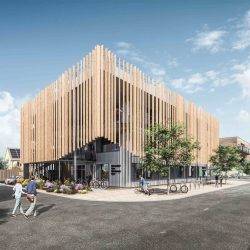August 24, 2017
UK workers waste over two hours a day on social media and other distractions

UK workers spend just 3.7 days out of five doing office-related work, a new survey has claimed. According to research by Rebootonline.com – workers spend more than two hours a day procrastinating; including around three hours and five minutes of a working week on social media. In monetary terms this means companies are paying out on average £8,851.14 per employee for this time wasted annually. In the survey of UK office workers, it was discovered that on average, they were spending 122 minutes a day procrastinating; essentially, only working 73 percent of the hours they are employed to do. The annual income for office workers surveyed averaged at £32,782. Taking this into account, workers spend 27 percent of their time not doing the job they have been paid to, with companies paying out £8,851.14 per employee for this time wasted. The use of social media at work during office hours was the most popular form of internet usage; with 38 percent of office employees browsing social media sites more than any other website; with people spending 33 minutes’ daily surfing other websites.









 Employees who feel trusted by their employer to manage how and when they work for themselves can improve their levels of productivity, a new survey suggests. The research by Peldon Rose claims that UK workers rate feelings of trust and autonomy from employers and colleagues as increasingly important in keeping them productive and happy in the workplace. But the survey also shows that many employers are failing to provide employees with the resources and support they need to manage their workload and keep them motivated. Although the majority of staff (59 percent) say they work most productively in the office, a third (33 percent) wish they were more trusted to manage how and when they work and 42 percent say that their office does not support a culture that allows them to work flexibly. Despite the clear value that staff place on trust and autonomy, employers are overlooking an opportunity to create a confident and self-motivated workforce.
Employees who feel trusted by their employer to manage how and when they work for themselves can improve their levels of productivity, a new survey suggests. The research by Peldon Rose claims that UK workers rate feelings of trust and autonomy from employers and colleagues as increasingly important in keeping them productive and happy in the workplace. But the survey also shows that many employers are failing to provide employees with the resources and support they need to manage their workload and keep them motivated. Although the majority of staff (59 percent) say they work most productively in the office, a third (33 percent) wish they were more trusted to manage how and when they work and 42 percent say that their office does not support a culture that allows them to work flexibly. Despite the clear value that staff place on trust and autonomy, employers are overlooking an opportunity to create a confident and self-motivated workforce.








 There is growing sentiment among younger workers that flexible working is less a right – as outlined by the Government in 2014 – and more a ‘selective benefit’ for a choice group of employees. New research by
There is growing sentiment among younger workers that flexible working is less a right – as outlined by the Government in 2014 – and more a ‘selective benefit’ for a choice group of employees. New research by 














August 17, 2017
How workplace design shapes and reflects organisational hierarchies
by Angela Love • Comment, Facilities management, Workplace design
(more…)